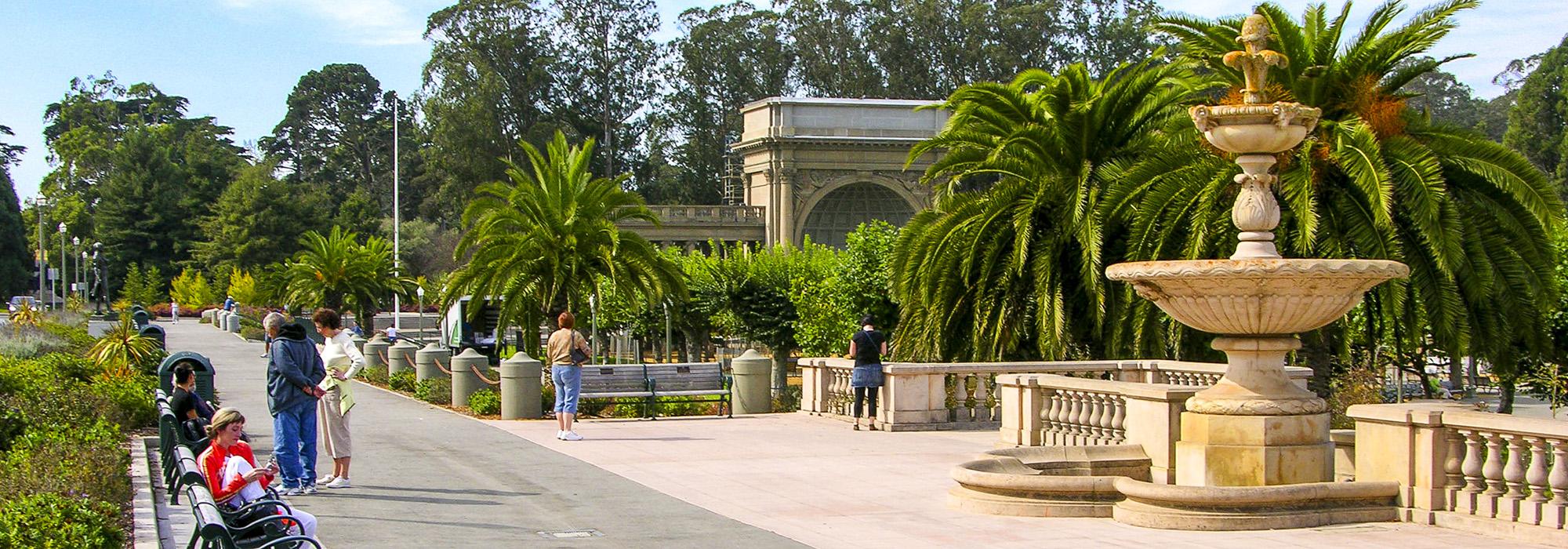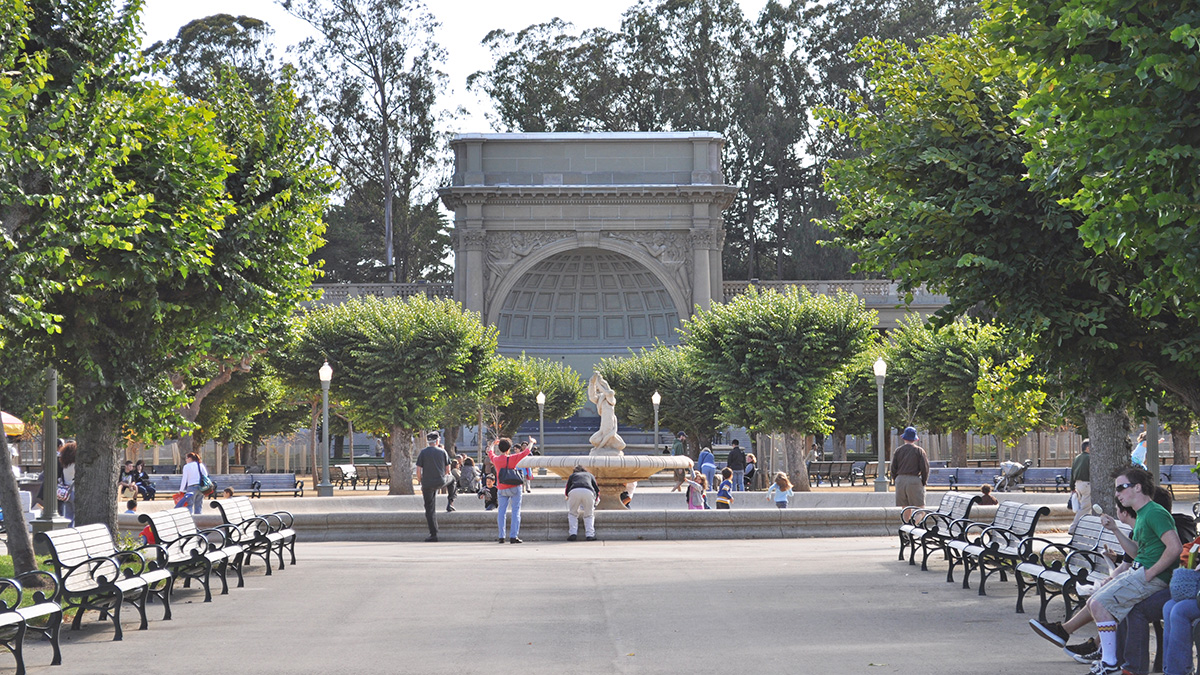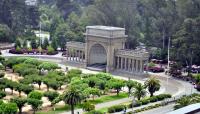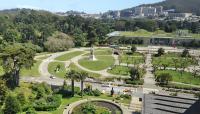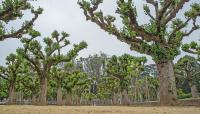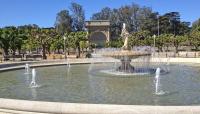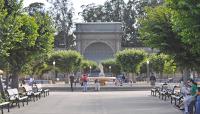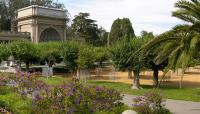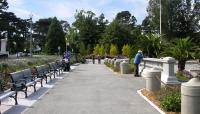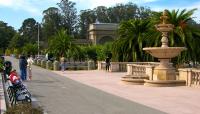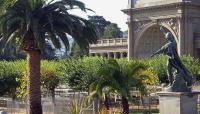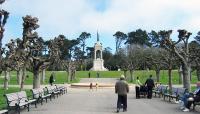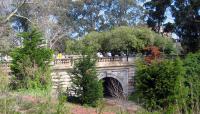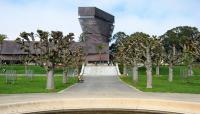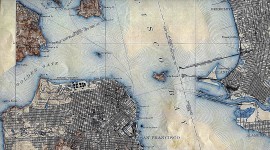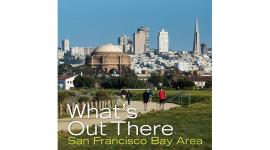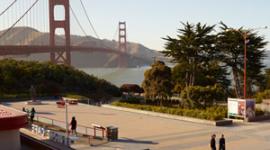Landscape Information
Created in 1893 for the California Midwinter International Exposition, the nine-acre space was designed as the exposition's Grand Court of Honor by civil engineer Michael O’Shaughnessy. After the exposition's end John McLaren, superintendent of Golden Gate Park, oversaw the conversion of the space into a public music venue. The plan included an outer carriage drive, pedestrian pathways and tunnels, and concrete stairways to provide access to the sunken court. In 1998, landscape architecture firm Royston, Hanamoto, Alley and Abey (RHAA) created a master plan for Golden Gate Park with a focus on the Music Concourse.
The Concourse is comprised of an oval plaza built along an axis running northwest to southeast. In 1899 the classically-styled Spreckels Temple of Music, commonly referred to as the Bandshell, was built as a venue for free concerts. A central asphalt path runs from the Bandshell, where rows of benches provide seating for concert viewers, to the Francis Scott Key Memorial which sits atop a hillock to the northwest. Four smaller pathways bisect the central one, with fountains situated at the pathway junctures. A dense bosque of pollarded London plane and elm trees provide shade and structure for the space. More than fifteen sculptures and monuments punctuate the space, including the Goethe and Schiller monument and the Hearst Fountain and Staircase. The California Academy of Sciences sits to the east of the courtyard and to the south is the de Young Museum. The Music Concourse was listed in the National Register of Historic Places in 2004 as a contributing feature within Golden Gate Park.



